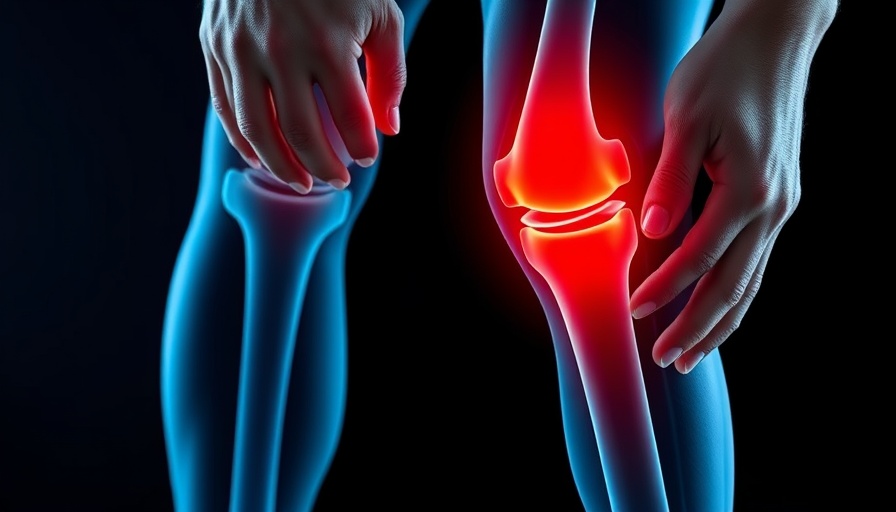
The Promise of Psilocybin: A Breakthrough in Pain Management and Mental Health
In a groundbreaking study, researchers at the University of Pennsylvania School of Medicine found that a single dose of psilocybin, the active compound in psychedelic mushrooms, could significantly calm brain circuits linked to chronic pain and mood disorders. This finding opens new avenues for treatment, especially for the countless individuals grappling with both physical pain and the emotional turmoil that often accompanies it.
Chronic Pain: A Dual Challenge
Chronic pain affects more than 1.5 billion people worldwide and frequently intertwines with mental health issues such as depression and anxiety. As noted by Dr. Joseph Cichon, who led this innovative research, the interplay between these conditions often creates a vicious cycle that exacerbates the suffering of those involved. For accident victims and those with back injuries, these findings are particularly encouraging, suggesting a promising path towards relief from their intertwined hardships.
Psilocybin's Unique Mechanism of Action
Unlike traditional painkillers, psilocybin is non-addictive and appears to offer lasting relief. It works by activating serotonin receptors in the brain, effectively acting as a “dimmer switch” rather than a full-on/off mechanism. This nuanced approach allows for a balance in brain signaling, which could lead to significant improvements in both pain and mood. This mechanism suggests that psilocybin might not just mask the symptoms, but actually alter the underlying circuits that contribute to these chronic conditions.
A New Hope for Healing: The Future of Psilocybin Research
The implications from this study extend beyond just of alleviating pain and mood. They present a potential breakthrough for other conditions that involve dysregulated brain circuits, such as post-traumatic stress disorder (PTSD) and addiction. Cichon believes that these findings might inform entirely new therapies that are both effective and devoid of the addiction risks associated with conventional pain medications.
Successes in Clinical Trials
Supporting this finding, another study from Johns Hopkins Medicine revealed that psilocybin could alleviate symptoms of major depression for up to a year after treatment. With follow-ups indicating significant and stable reduction in depressive symptoms—even months after the treatment—it paints a potent picture for the applicability of psilocybin in managing mental health alongside pain. The enduring impact of just a few doses could revolutionize treatment protocols for patients who have struggled for years with these challenges.
Creating Safe and Supportive Environments
As researchers continue to explore the therapeutic potential of psychedelics, the implementation of these treatments must also prioritize safety. Both ongoing studies emphasize the necessity of controlled environments staffed by trained professionals, ensuring patients have the support they need during their healing journey.
The Human Element: Personal Stories of Pain and Recovery
The real-world effects of chronic pain can often feel isolating. By sharing stories of individuals who have bravely battled with the challenges posed by both physical and psychological suffering, we can illustrate the profound impact that psilocybin treatments may provide. Healing in these cases is not just about alleviating pain; it’s also about reconnecting individuals with their lives, families, and communities. This human-centered narrative sheds light on why such developments are necessary and urgently needed.
Moving Forward: What Can You Do?
For those struggling with chronic pain or mood disorders, staying informed is crucial. Engage with ongoing research and advocate for expansive clinical trials that explore the myriad uses of psilocybin. In homes and communities, sharing knowledge about these emerging therapies may help demystify psychedelics, leading to better understanding and acceptance. We encourage anyone interested or impacted by these issues to discuss the potential of psilocybin with healthcare providers, ensuring an informed approach to treatment decisions.
With new therapies on the horizon, hope for lasting relief from both physical and emotional pain is becoming a tangible reality.
 Add Row
Add Row  Add
Add 




Write A Comment